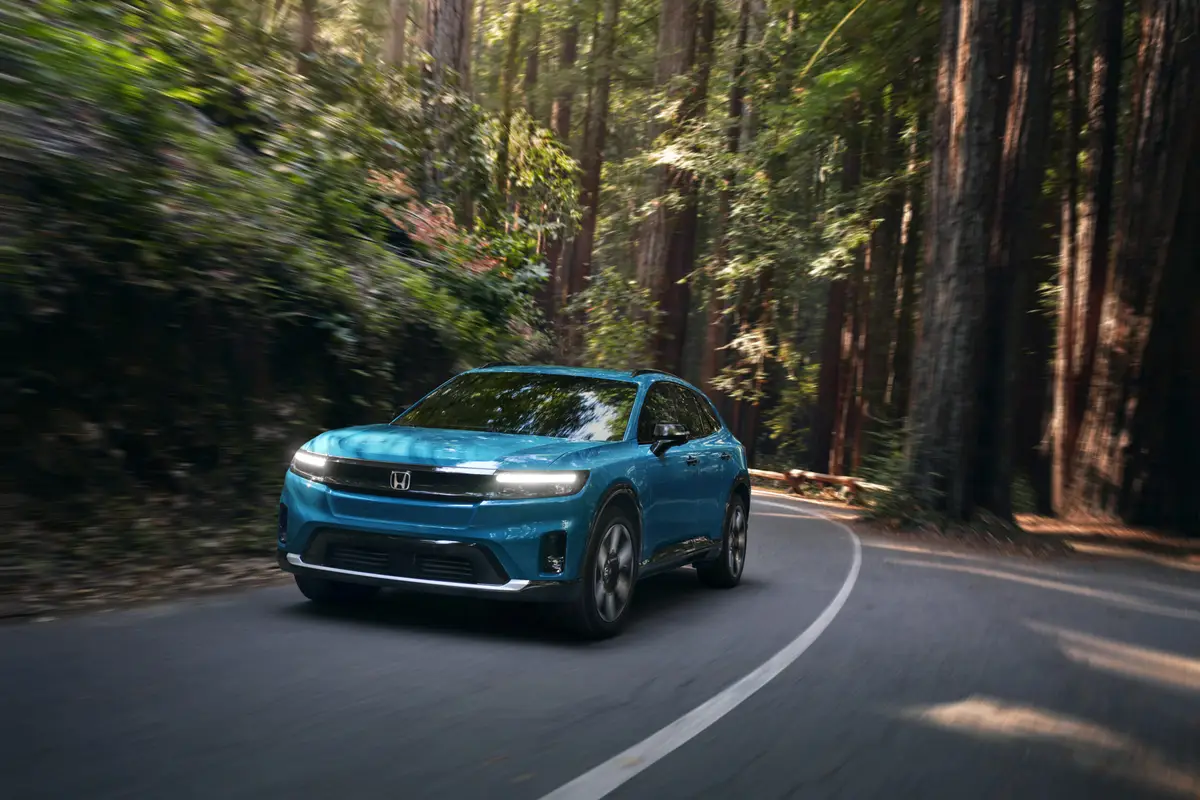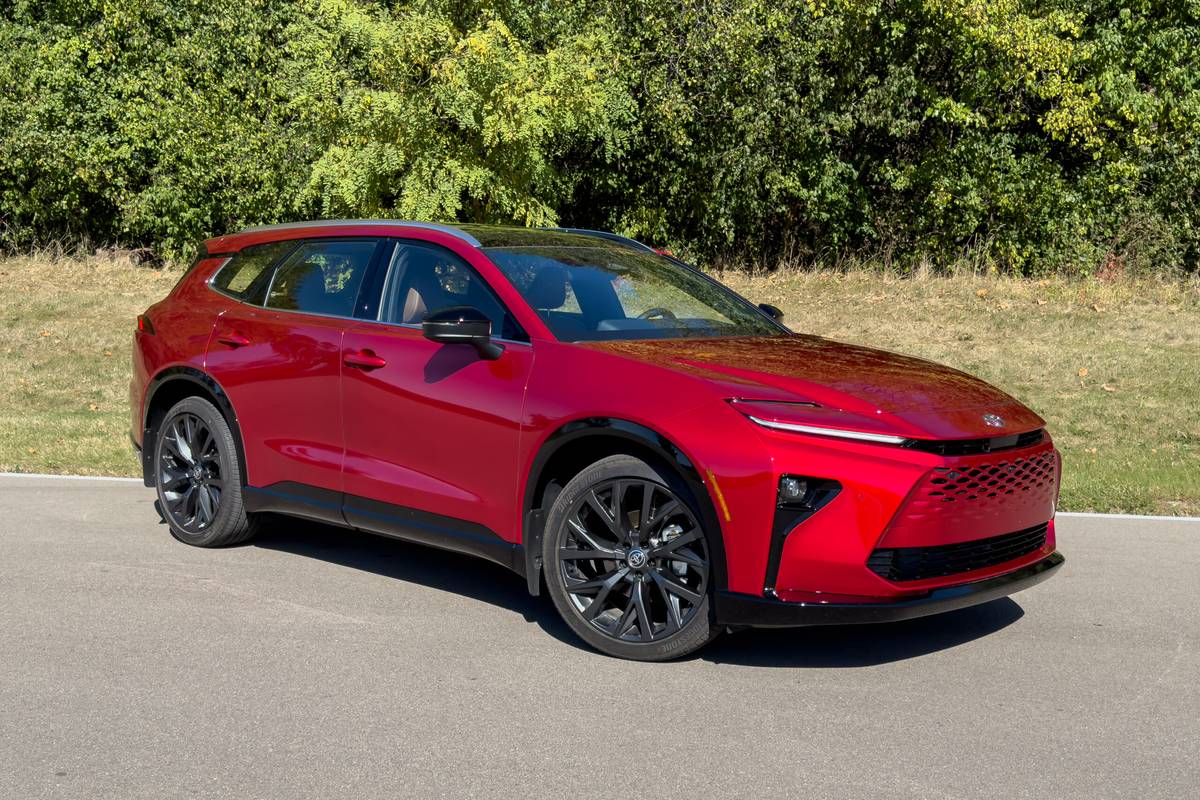washingtonpost.com's view
Trusting Kia Motors requires more than faith. It demands a warranty. That’s why Kia offers one of the best — 10 years or 100,000 miles on the engines and transmissions of all new vehicles it sells in the United States.
It’s what a company does after failing to deliver quality. In the past, with the exceptions of its Optima sedan and Sportage sport-utility vehicle, Kia routinely flunked quality tests.
That’s not me talking. That’s from consumers who have phoned, written and e-mailed me with complaints about models such as the Kia Spectra and Sephia passenger cars.
I almost gave up on Kia. I’m glad I didn’t. The South Korean automaker, now owned by Hyundai, is improving. It’s becoming a contender. The 2002 Kia Sedona EX minivan is proof.
The Sedona EX offers more value per dollar than any of its competitors. It’s also well styled, inside and out. It lacks certain advanced safety features, such as side air bags and traction control. But it provides reasonable crash protection for adult occupants who buckle up, and for small children who are properly latched into child-safety seats.
“Reasonable” assumes that the Sedona EX is operated with a modicum of common sense. It is a family-and-stuff hauler. It is not designed to climb mountains or win races.
That’s why I’m befuddled by reviewers who have criticized the Sedona as being “slow” or “underpowered.” They are wrong.
The front-wheel-drive Sedona is sold as the upscale EX and base LX versions. Both models are equipped with a 3.5-liter, 24-valve, 195-horsepower V-6 engine. That engine develops a decent amount of torque — 218 pound-feet at 3,500 revolutions per minute.
Torque is a measure of an engine’s turning or twisting power. “Fast” vehicles often have lots of low-end torque that helps them to move quickly from 0 to 60 mph. “Slow” vehicles, by comparison, have relatively little low-end torque. The qualifiers are needed because “fast” and “slow” matter only on the racetrack. On the highway, most vehicles tend to run at median speeds — 65 to 70 mph in some cases, 70 to 75 mph in others. The Sedona EX minivan is very competitive on the highway.
It’s also exceptionally competitive in the standard-equipment category.
A five-speed automatic transmission is standard. Power door locks and windows (one-touch power windows at that), power mirrors and cruise control are standard. Dual manually operated sliding doors are standard. Ditto front and rear air conditioning, child seat anchors, split folding third-row seats, dual vanity mirrors, and six-speaker AM-FM stereo radio and cassette player.
The test minivan came with optional power four-wheel anti-lock brakes, an upgraded stereo system with compact-disc player, power sunroof, two-tone exterior paint and leather seating surfaces — all at the combined price of many base-model rivals.
Too good to be true? No. Kia cu t costs by using good but not top-quality materials, such as the vinyl housing of the instrument panel, which looks and feels plastic. It deleted items such as side air bags and traction control, which it thought most bargain hunters would not miss. It eliminated lots of production costs through introducing factory efficiencies used by Toyota Motor Corp. and Honda Motor Co. The result is a solid, well-conceived minivan that will give rivals a run for their money.
And in case you still worry about how long any Kia will last on America’s roads, as I do, there’s always Kia’s way-longer-than-normal vehicle warranty. It seals the deal.
Latest news



